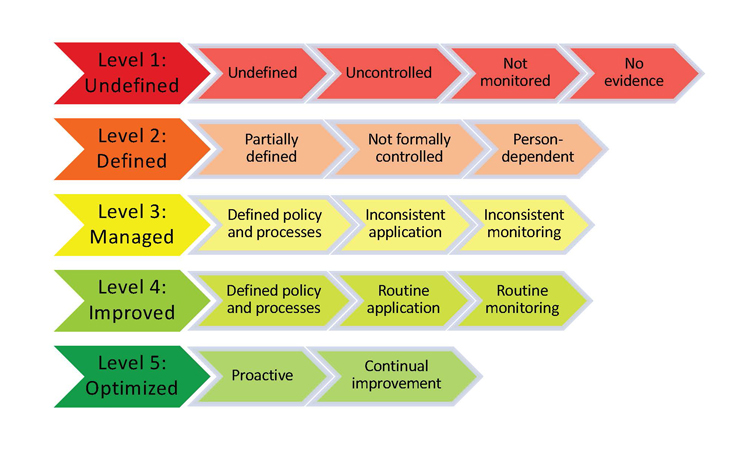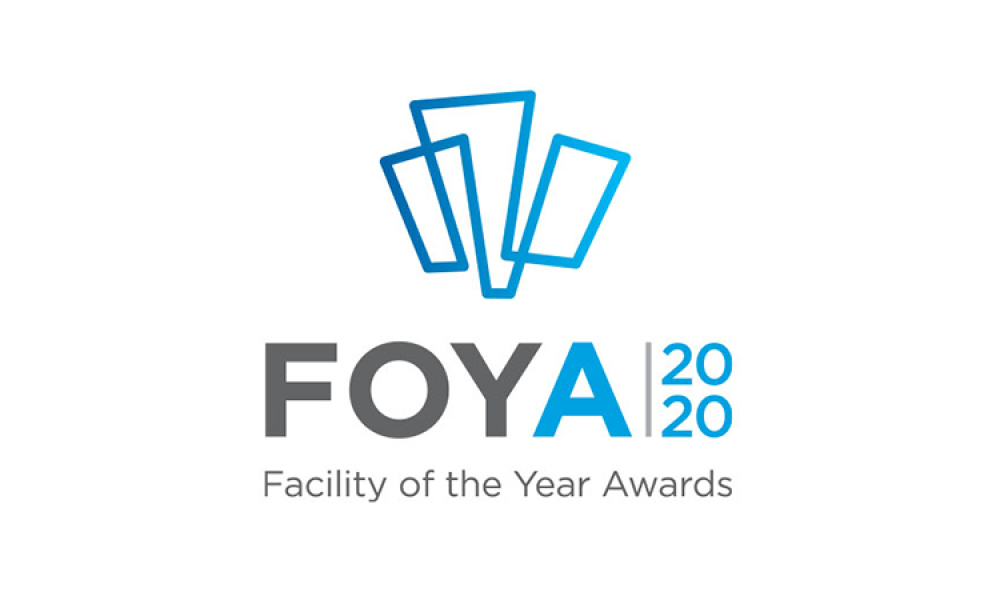Once a company determines where they fall on the maturity continuum, they may leverage suggested improvement tools to increase performance, then track it by using the metrics integral to each element.
For example, if a company were to measure effectiveness of the CAPA element “root cause analysis” and identify deficiencies in that area, they may choose to utilize the “5 Why” fishbone diagrams or other tools to improve performance. They may then choose to measure their success using a metric that tracks the effectiveness of their CAPA remediation efforts and/or repeat CAPAs.
As each focus area improves, companies may choose to reprioritize CAPA elements and/or modify each performance target related to existing metrics until they have reached their target level of CAPA maturity.
As the APQ Team continues to develop the assessment program, learnings from the CAPA pilot will be built into the overall assessment suite for quality culture, operational excellence, and ICH Q10 elements to assist companies in their assessment and improvement journey.
Reference





